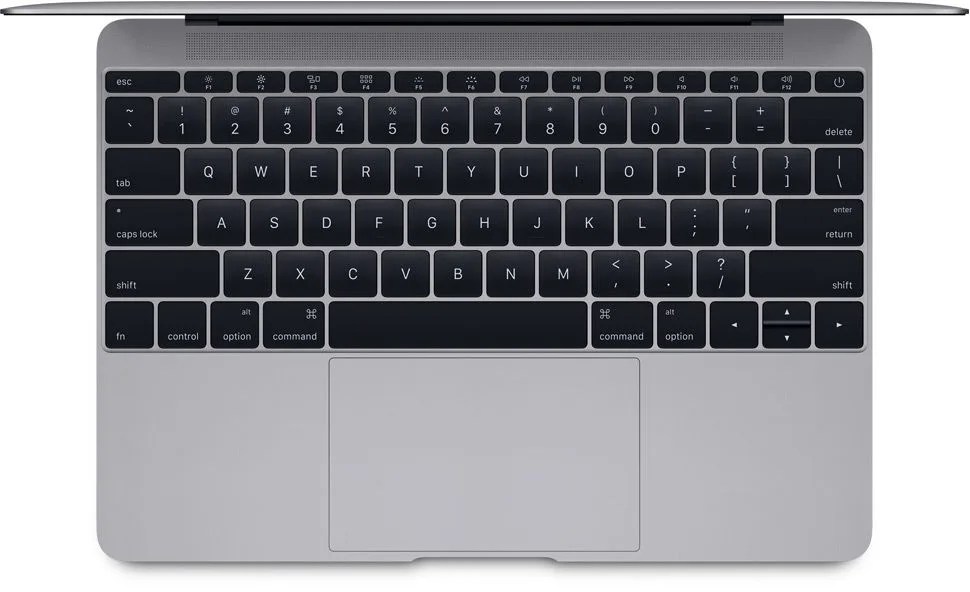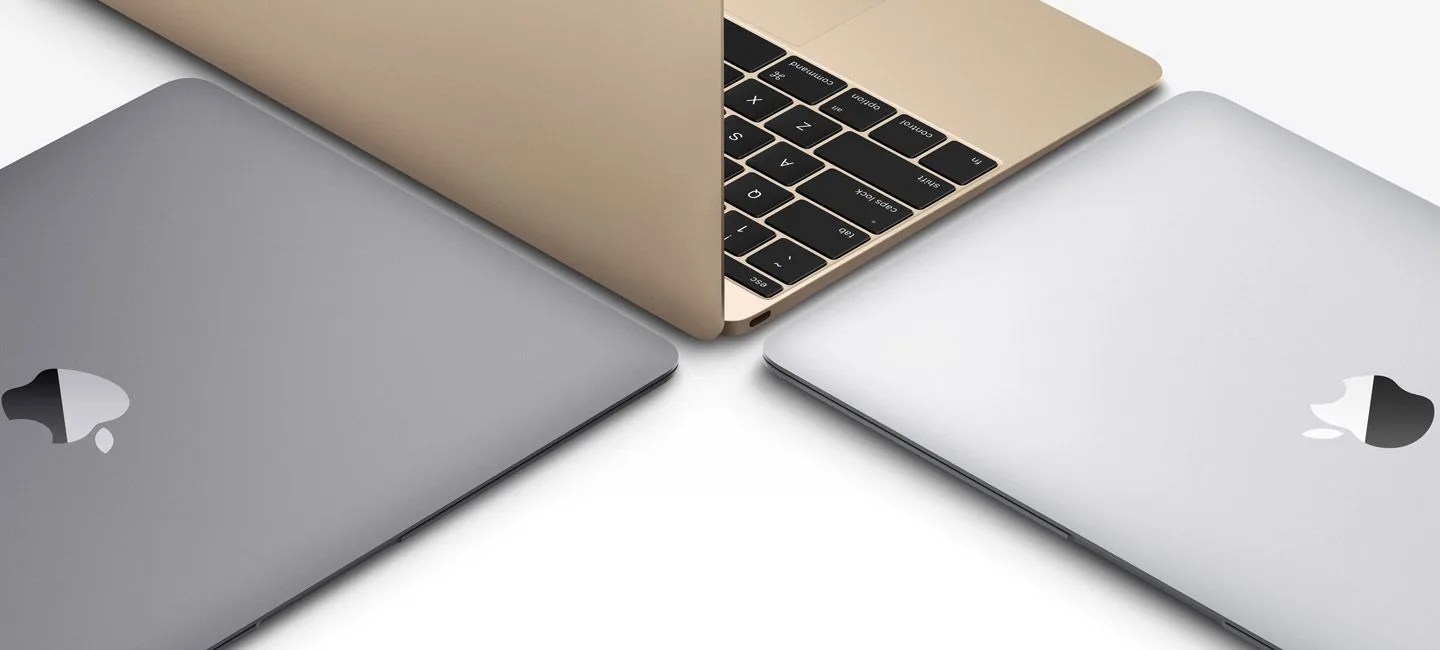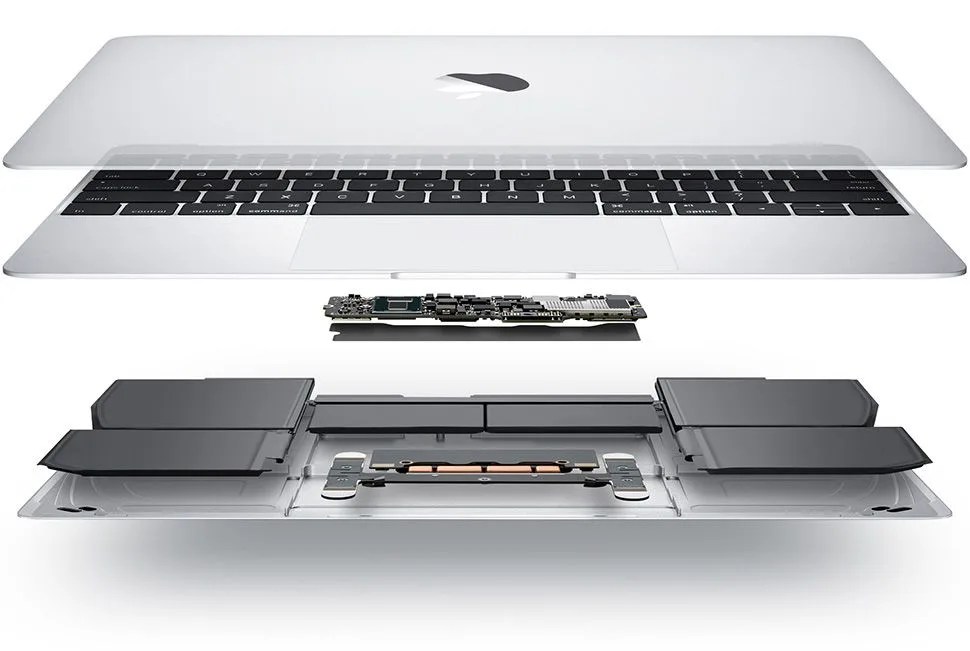Much like the iMac before it, the original MacBook Air was a watershed moment for computing. At a time when manufacturers raced to cram increasingly powerful specs into generic plastic slabs, Apple released the equivalent of a computing supermodel that brought form to the forefront.
Its all-metal frame was impossibly thin, fitting easily into a manilla envelope. But the waif-like body didn’t come without compromise. Cutting pounds and inches meant scrapping the internal disc drive and dedicated ethernet port. Only one USB port was included to go along with the odd micro-DVI connection and a headphone jack. The lack of a replaceable battery seemed to tick some power users off the most. It was far from the perfect computer, but time has shown that Apple’s vision for the future of computing, software and wireless connectivity was prescient.

The comparisons to 2008 are obvious with the newest member of Apple’s laptop family, called simply “the new MacBook”. Its two-pound, 13.1mm thick body is groundbreaking for a 12-inch laptop — or any computer for that matter — particularly one that still boasts a full-size keyboard and trackpad.
Like the original Air or iMac, this is a computer that purposely ignores the computing legacies of the past, in favor of a different world. One where pixel-dense displays, cloud data and wireless connectivity are no longer advances, but the default.
Creating the “lightest and most compact Mac notebook ever” meant reengineering almost every core component. Apple designed a new “Butterfly” mechanism to replace the traditional scissor versions that provide the tactile input on most laptop keyboards, resulting in a typing assembly that’s 40 percent thinner. The LED backlighting system was also redesigned in the interest of space and lighting uniformity, with individual LEDs placed behind each key.
Then there’s the 0.88mm thin, 2304×1440 retina display, which Apple tweaked at the pixel level to allow for vivid details while being 30 percent more efficient, and the new Force Touch trackpad that ditches the clickable button in favor of “Force Touching” and a “Taptic Engine” for providing physical feedback. There’s no fan to be found either (hallelujah) thanks to the combination of a power-sipping Intel Core M “Broadwell” processor and ultra high-density logic board built from innovations learned from the iPhone and iPad. They even fucking “terraced” the battery cells to add 35 percent more battery into the crannies.



